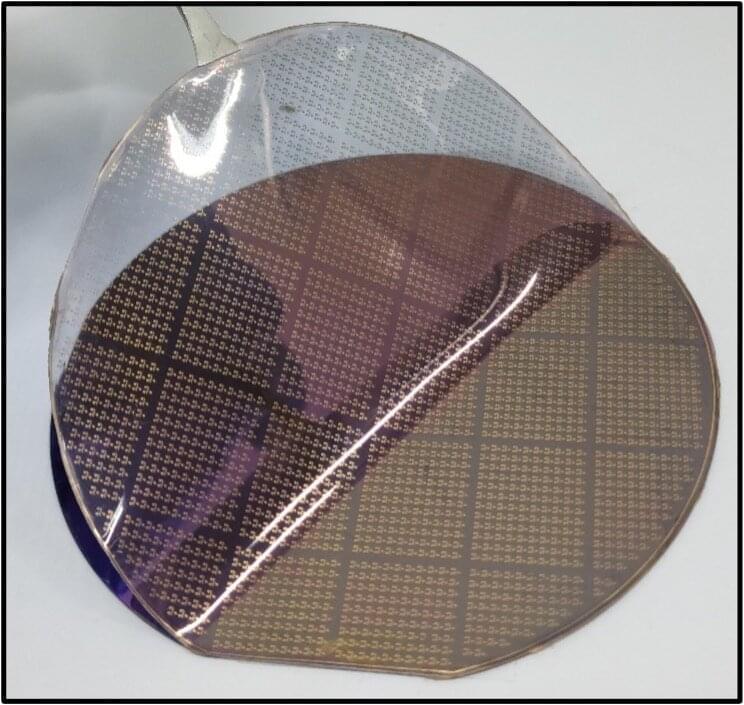Over the past few years, material scientists and electronics engineers have been trying to fabricate new flexible inorganic materials to create stretchable and highly performing electronic devices. These devices can be based on different designs, such as rigid-island active cells with serpentine-shape/fractal interconnections, neutral mechanical planes or bunked structures.
Despite the significant advancements in the fabrication of stretchable materials, some challenges have proved difficult to overcome. For instance, materials with wavy or serpentine interconnect designs commonly have a limited area density and fabricating proposed stretchable materials is often both difficult and expensive. In addition, the stiffness of many existing stretchable materials does not match that of human skin tissue, making them uncomfortable on the skin and thus not ideal for creating wearable technologies.
Researchers at Sungkyunkwan University (SKKU), Institute for Basic Science (IBS), Seoul National University (SNU), and Korea Advanced Institute of Science and Technology (KAIST) have recently fabricated a vacuum-deposited elastic polymer for developing stretchable electronics. This material, introduced in Nature Electronics, could be used to create stretchy field-effect transistors (FETs), which are primary components of most electronic devices on the market today.
